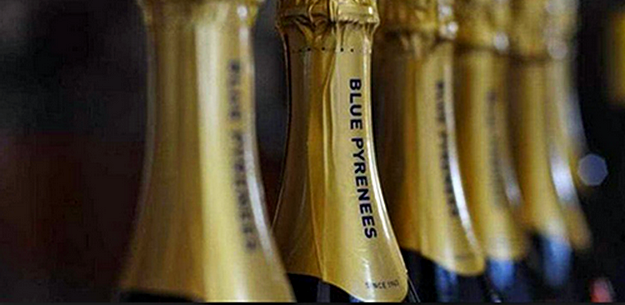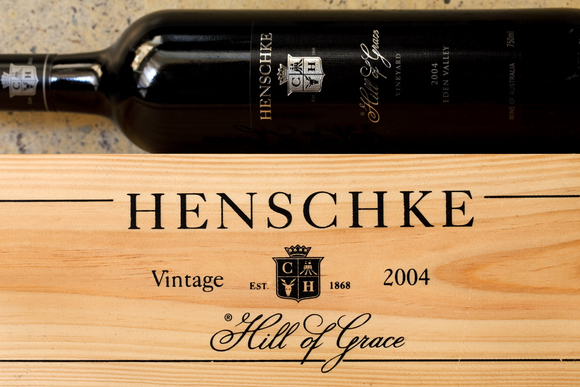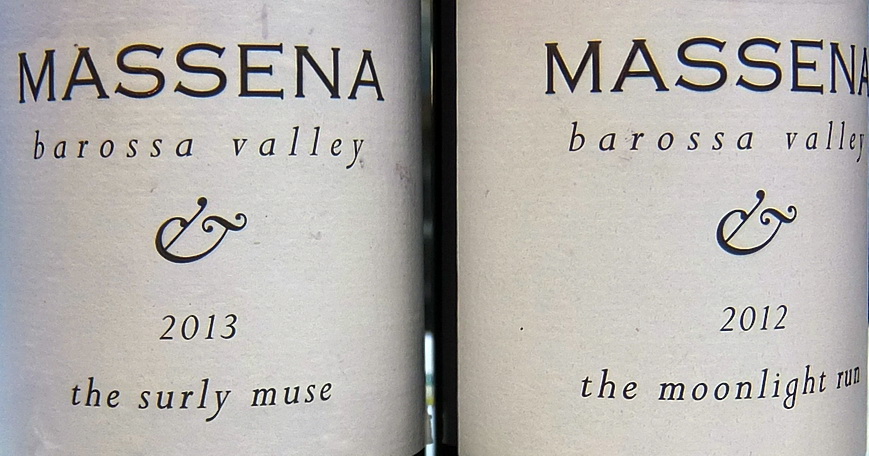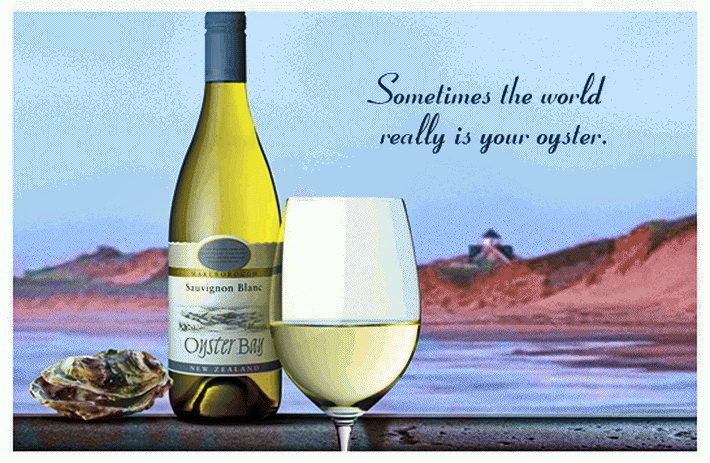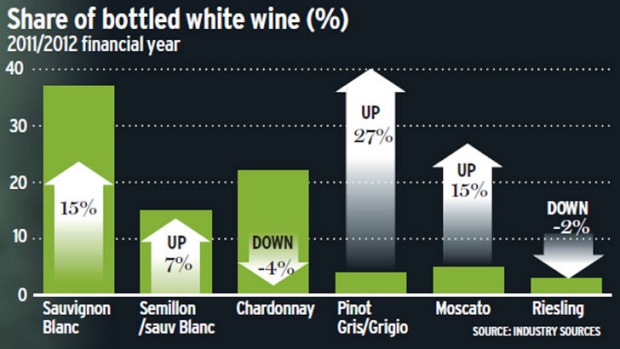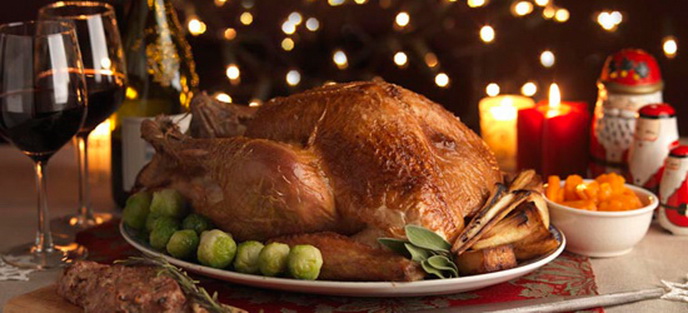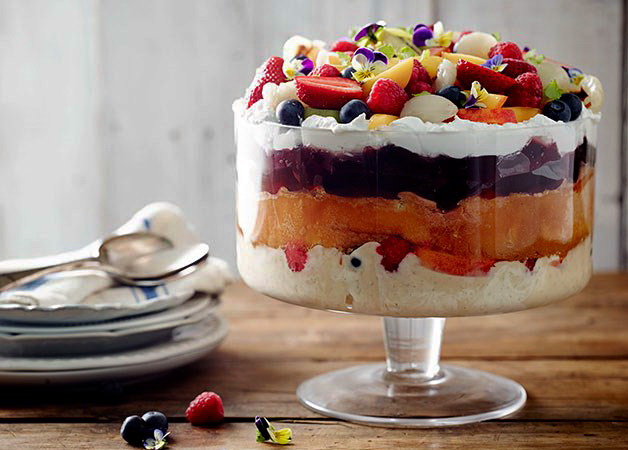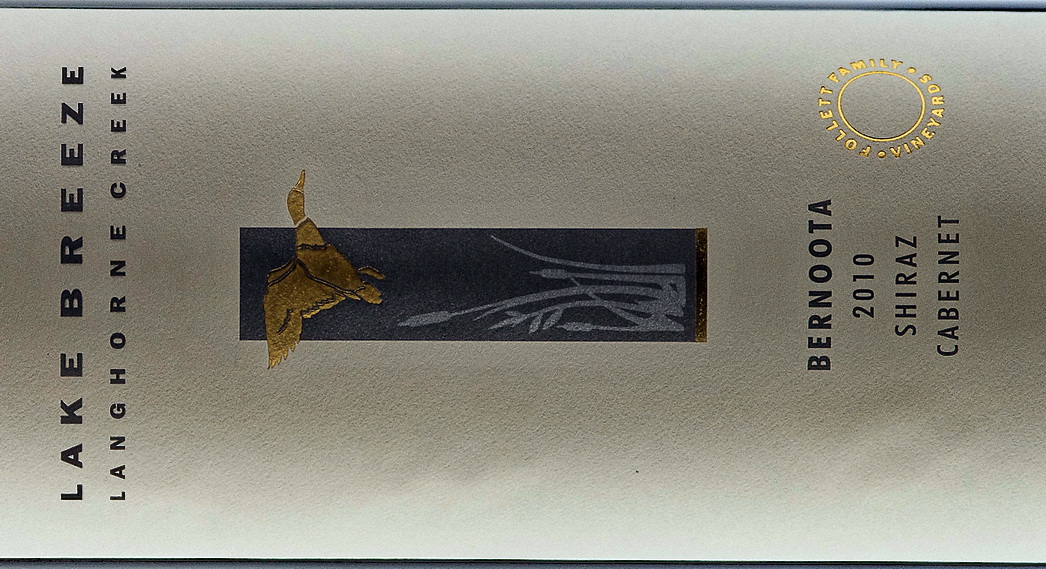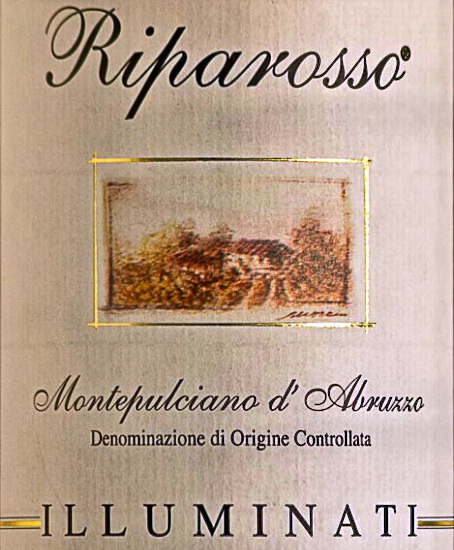A journalist asked me for a short shortlist, and this was really tough with so many great wines to choose from. Here goes:
Top 5 Sparkling
Yarra Burn Premium Cuvee Brut NV $13 at WSD. The junior bubbly from the big stable overseen by the formidable Ed Carr, this wine is made from Pinot Noir and Chardonnay, and offers a lot of flavor and sophistication for the money.
Brown Brothers Pinot Noir Chardonnay Pinot Meunier Non Vintage – $18 at Dan Murphy’s. This bubbly is a well-kept secret. Lovely richness here and yeasty complexity, with a crisp finish.
Chateau De Sours Reserve Rose Brut NV – $20 at Kemenys. A gem from Pomerol, made from Merlot and Cabernet, will go with anything from smoked salmon to fluffy pink desserts. Gorgeous package.
Blue Pyrenees Midnight Cuvée Blanc de Blancs 2010—$20 at jackswine. This wine beat every other Australian sparkling wine at the inaugural 2014 Champagne & Sparkling Wine World Championships in the UK.
Bundaleer Sparkling Shiraz – $17 at MyCellars. A fabulous wine from a small boutique in the Southern Flinders ranges that offers more depth of flavour than most wines of this style.
Top 5 whites
Yealands Land Made Sauvignon Blanc 2013 – $14 at Kemenys. This is a cracker for the money if you like your savvies savoury, tensile and tangy. The judges love it too – 2 trophies and 4 golds.
Wickhams Road Yarra Valley Chardonnay 2013 – $15 at Barrique wine store. Forward, modern and elegant, soft, round and easy drinking. Yarra Valley Chardonnay at a Riverland price.
Yalumba Eden Valley Roussanne 2013 – $17 at Wineonline. The rich flavours include stone fruits and tropical fruits along with interesting spices and nuts. Really exciting and different wine. Bargain.
Guigal Côtes-du-Rhône Blanc 2011 – $20 at OurCellar. White Côtes-du-Rhône wines are rich and interesting food wines with fascinating flavour profiles. Very hard to find, don’t ask me why.
Montalto Pennon Hill Pinot Grigio 2013 – $20 at Kemenys. From one of the top wineries on the Mornington Peninsula. Refined and restrained but with lots of interesting spices and herbs under the surface. Textural, dry and long. Please give it time to unfold in the glass.
Top 5 Dessert Wines
De Bortoli Deen Vat 5 Botrytis Semillon 2009 375mL – $10.50 at Dan M’s. Little brother of the Noble One, and a lighter style with instant appeal. How do they do it for this price?
Hidden Label Noble Botrytis Semillon 2008 375ml – $13 at Kemenys. This is a lovely sticky, not ultra sweet but it has layers of apricot and orange peel flavours.
2012 Heggies Eden Valley Botrytis Riesling – $18 at Sixty Darling Street. Wonderful sticky, 2 trophies at the National Wine Show 2014 – 02 9818 307 – sales@wineroom.com.au. $22 at Dan M’s.
2009 Chateau Fayau Cadillac (375ml) – $17 at Nicks / Vintage Direct). Cadillac is on the other side of the river from Sauternes and Barsac. The wines are similar but much cheaper. This is one of the best.
Campbell’s Rutherglen Topaque – $18 at Dan M’s. We used to call it Tokay. This unique Aussie style is perfect with Christmas pudding, chocolate cake, candied fruits and nuts and more.
Top 5 Rosés
Yalumba Y Series Sangiovese Rosé 2013 – $10 at Dan M’s. Off-dry but well done. Rose petals, pomegranates and strawberries. Crowd Pleaser at a bargain price.
Paxton Biodynamic Single Vineyard Shiraz Rosé 2014 – $16 at Kemenys. This is a lovely wine that has been given prolonged skin contact and a touch of oak to add interest. A quality Rose, and dry.
Woods Crampton Mataro Rosé 2013 – $17.50 at North Sydney Cellars. It’s made from Mataro with small quantities of Shiraz and Grenache, but this unusual combo makes great music.
de Bortoli La Boheme Act Two Dry Pinot Rosé 2013 – $17 at WSD – Prettiest label of them all, and a seductive wine behind it. It’s gentle and a touch sweet but finishes mostly dry.
Turkey Flat Barossa Rosé 2014 – $18 at Winedirect. One of the best-selling Rosés in the country. Vibrant fruit and a touch of sweetness wrapped in a creamy envelope.
Top 5 Reds
Brookland Valley Verse 1 Cabernet Merlot 2012 – $11 at 1st Choice. Classic Margaret River Cabernet Merlot: ripe cassis fruit in a medium body with a long finish. 3 gold medals. Super bargain.
Hidden Label Margaret River Cabernet Sauvignon 2012 – $13 at Kemenys. This is Franklin Tate Alexander’s vineyard Cabernet, rich, soft and seductive, cassis and blackberry wrapped in velvet.
Saint Clair Pinot Noir 2013 – $18 at Dan M’s. From Marlborough, NZ. Dark cherries with a touch of forest floor, bright and clear style. A real crowd pleaser and a good intro to the charms of Pinot Noir.
Pondalowie Vineyards Vineyard Blend 2012 – $20 at Cloudwine. Blend of Shiraz, Cabernet and Tempranillo from a boutique in Bendigo, this is a vibrant red with opulent flavor and dark berry fruits and soft, polished tannins. Absolute steal.
Villacampa Ribera Del Duero Tempranillo 2012 -$20 at Winesellersdirect. Ribera Del Duero in northern Spain is famous for producing rich and complex wines, and this wine shows why: this is not your lightweight bistro style but the real thing: a brooding wine of many layers, but never heavy.
Kim

